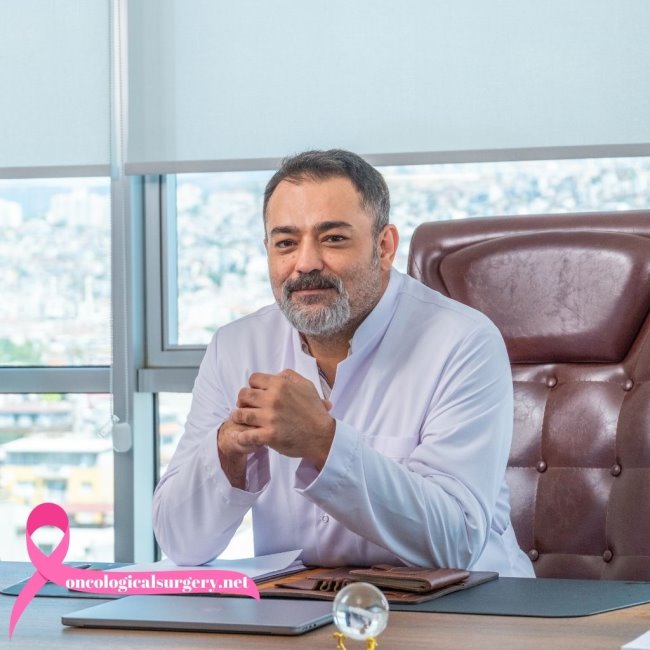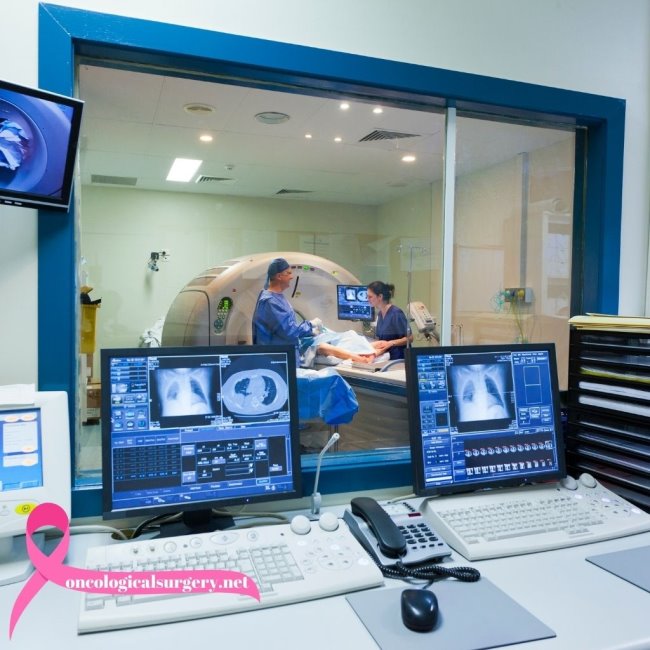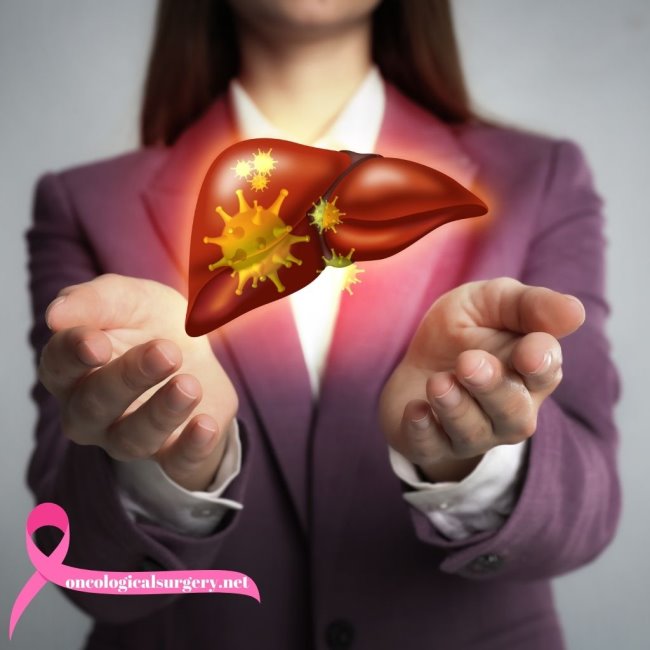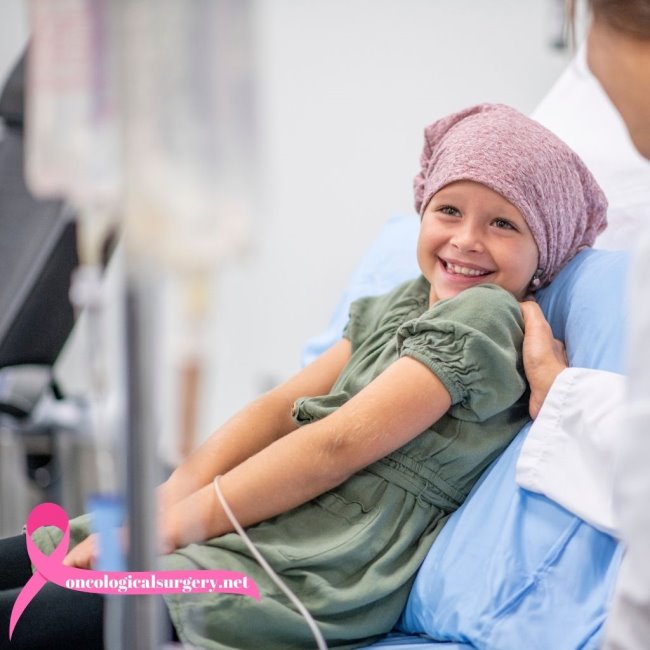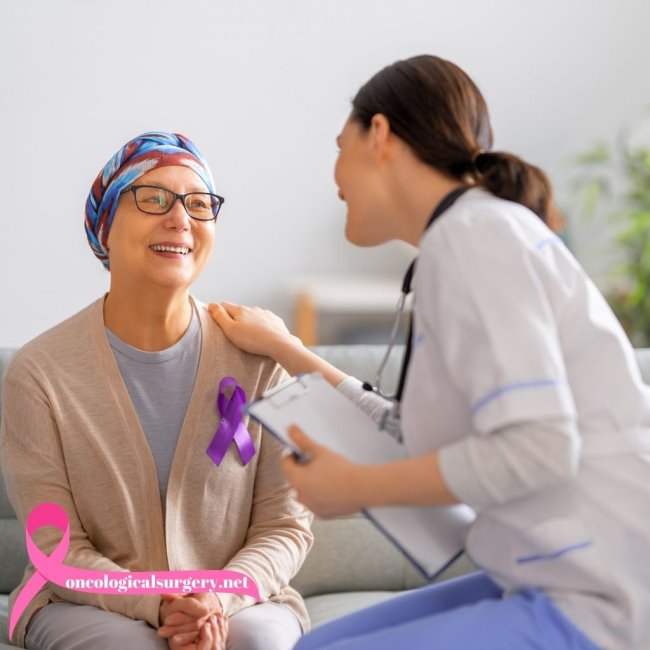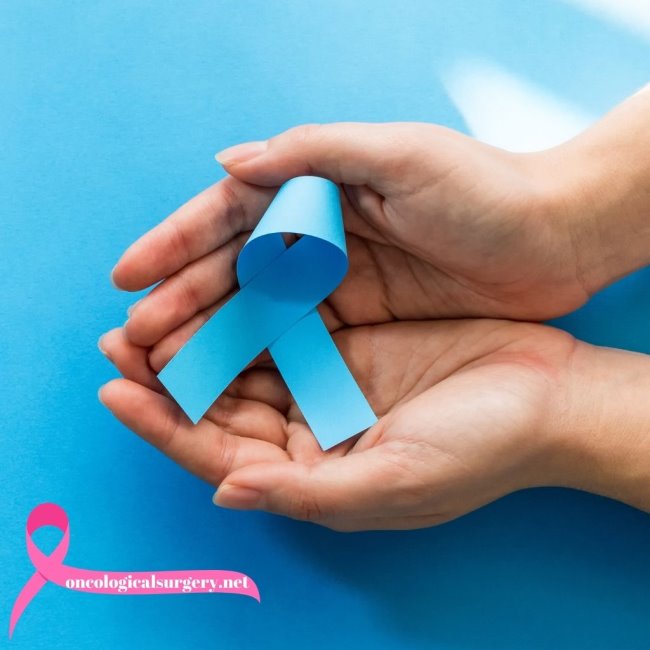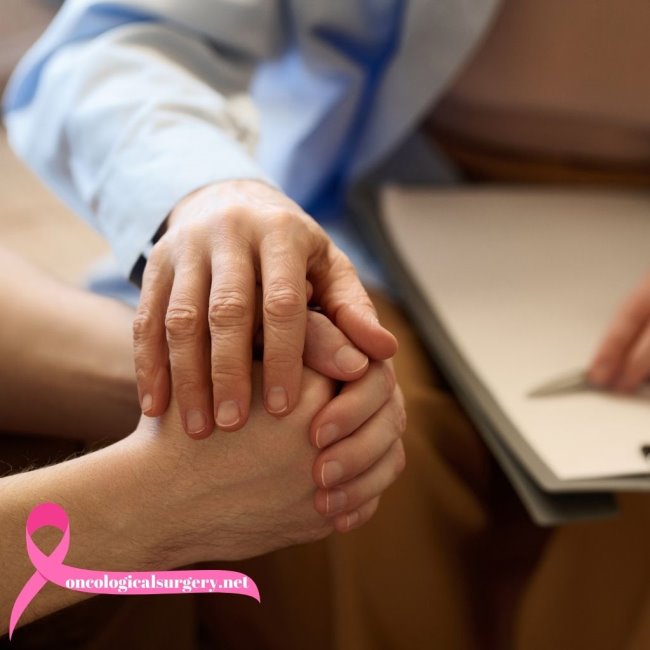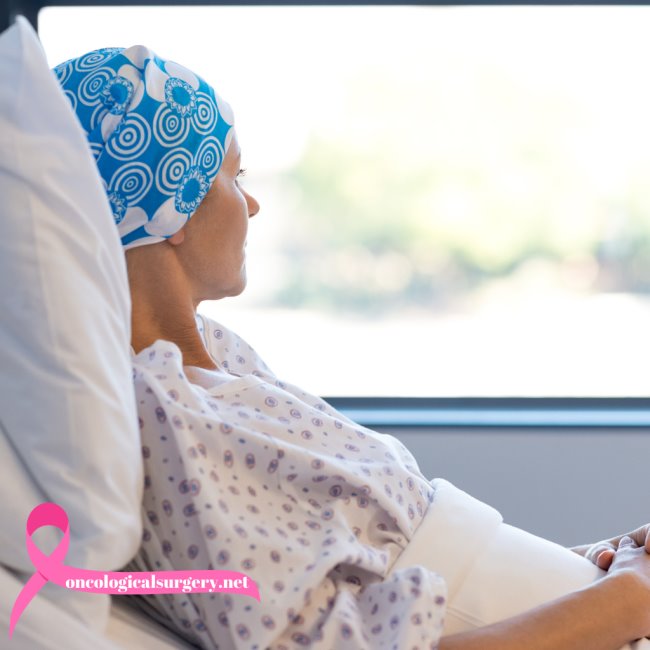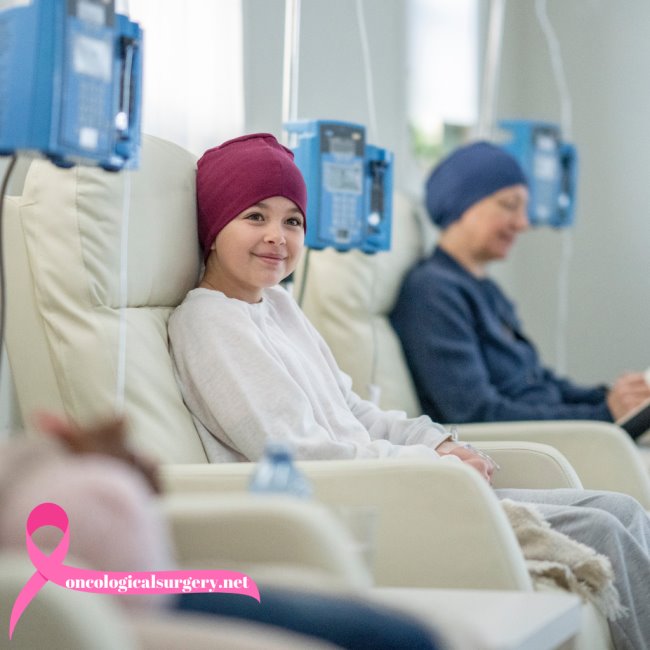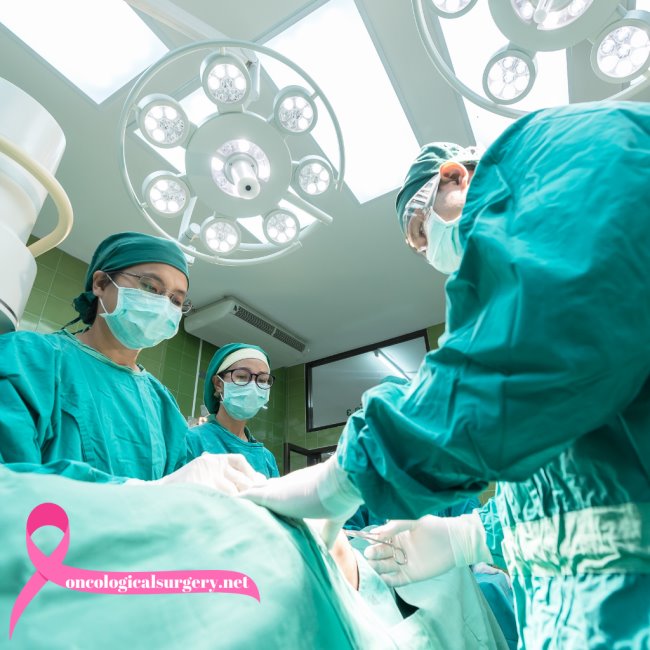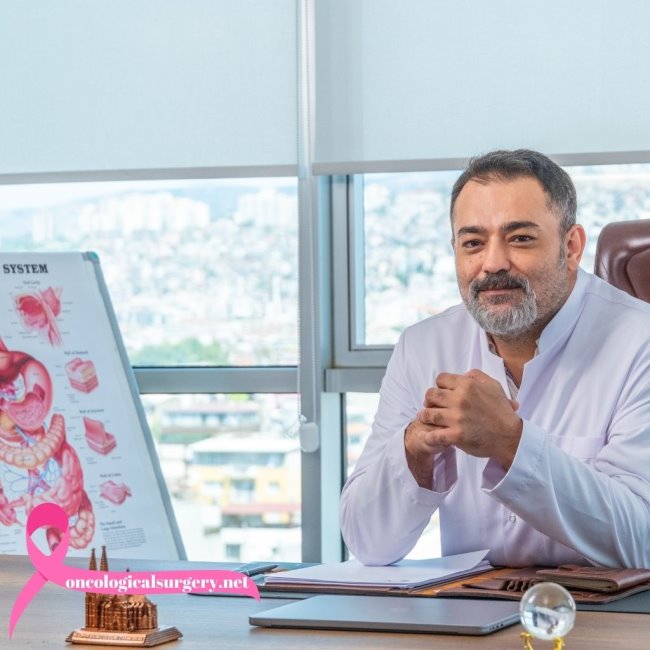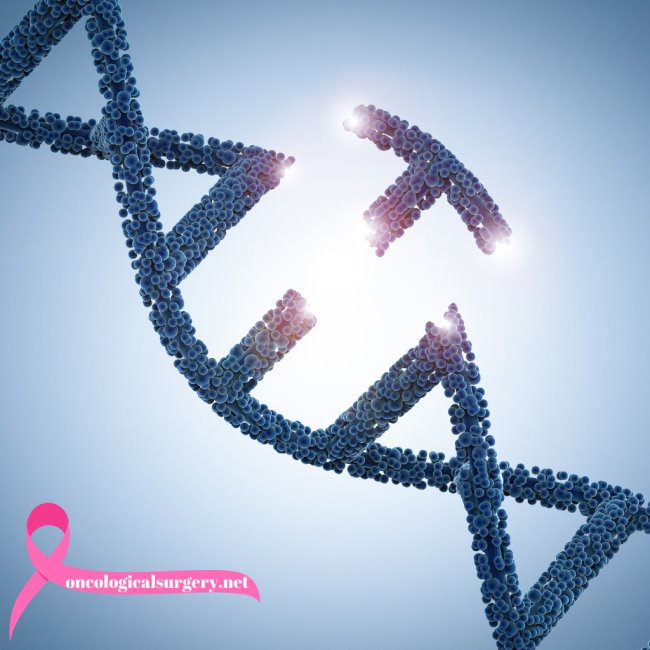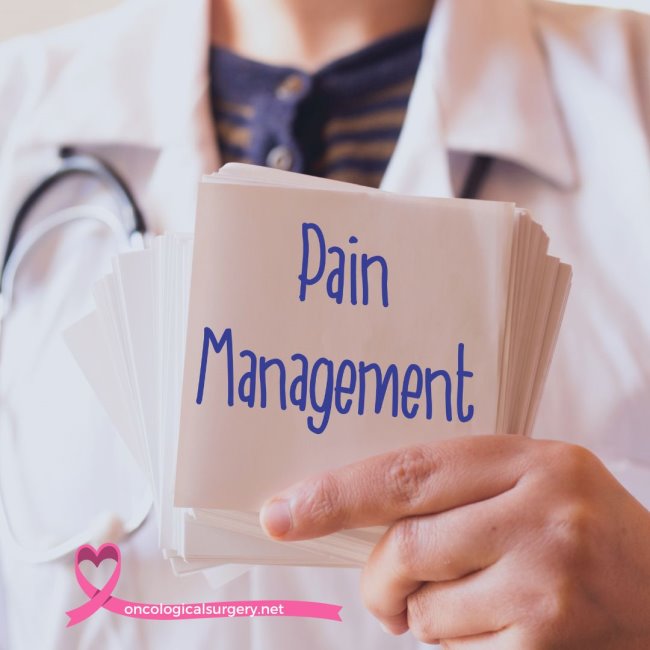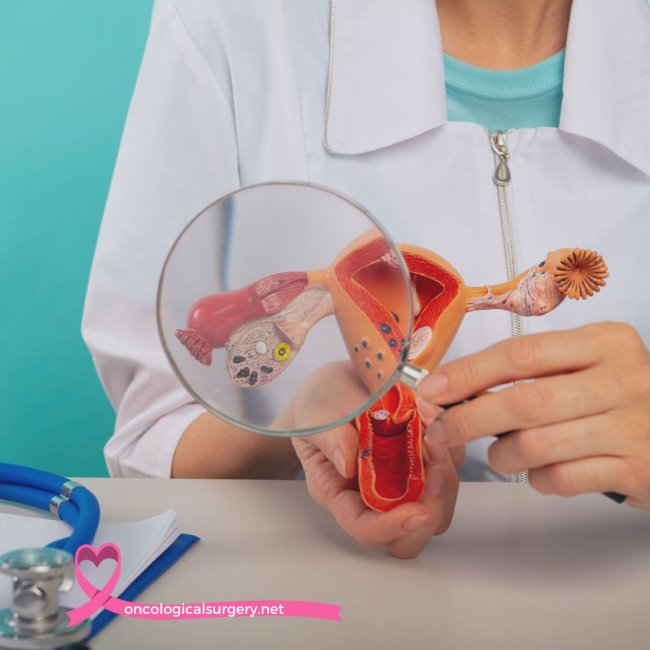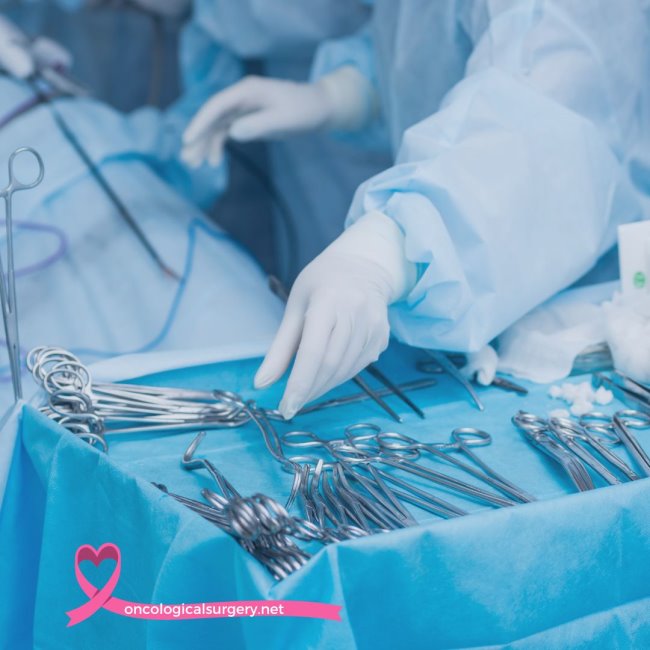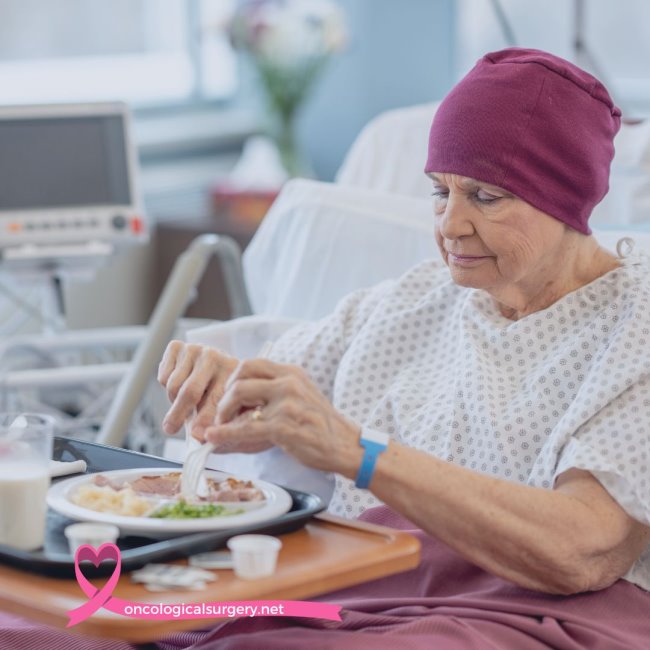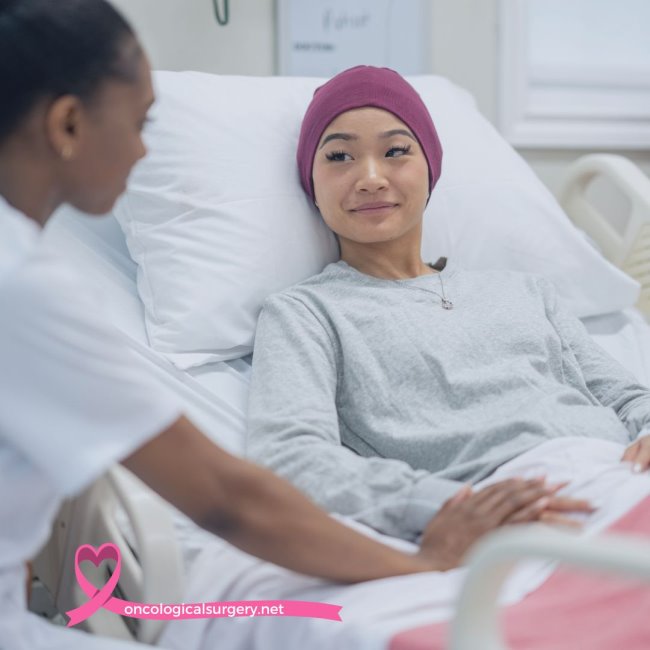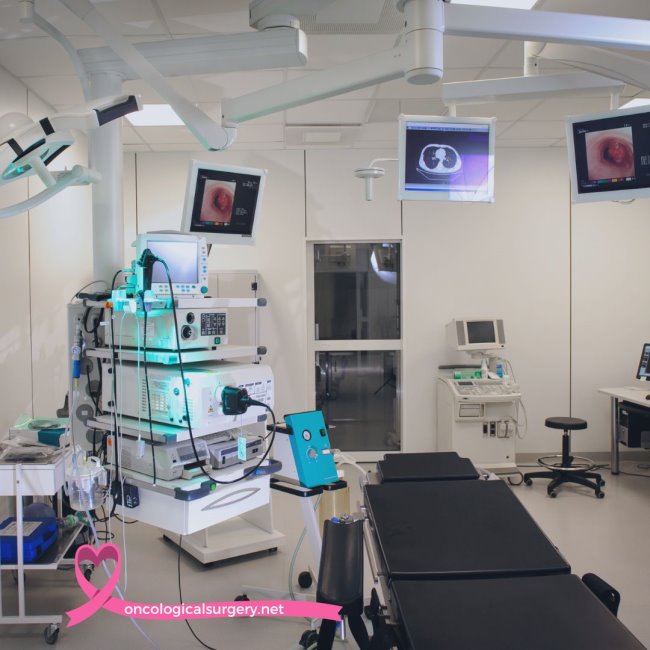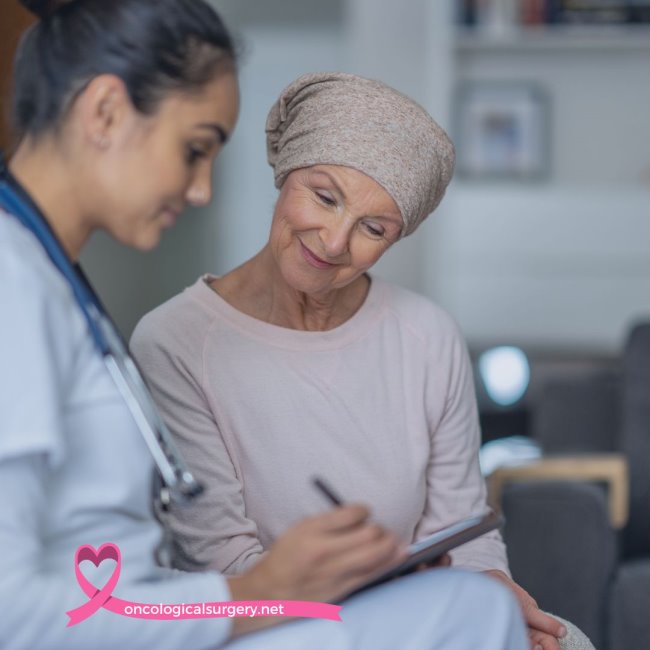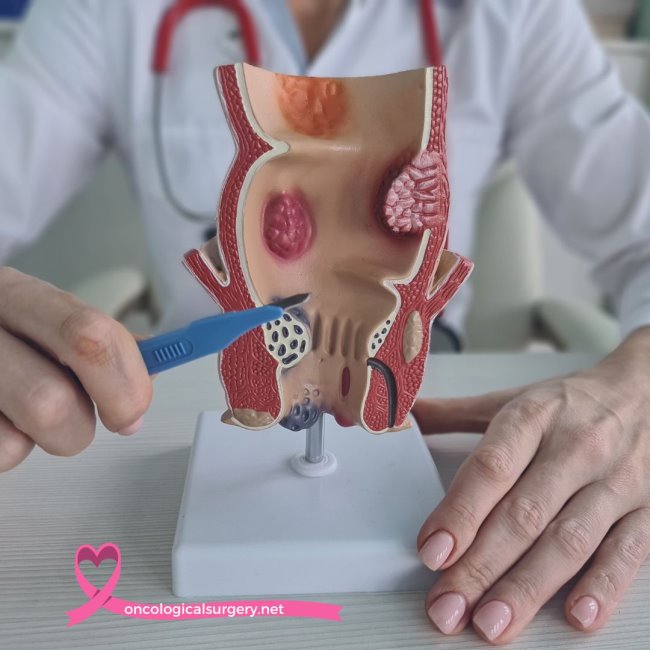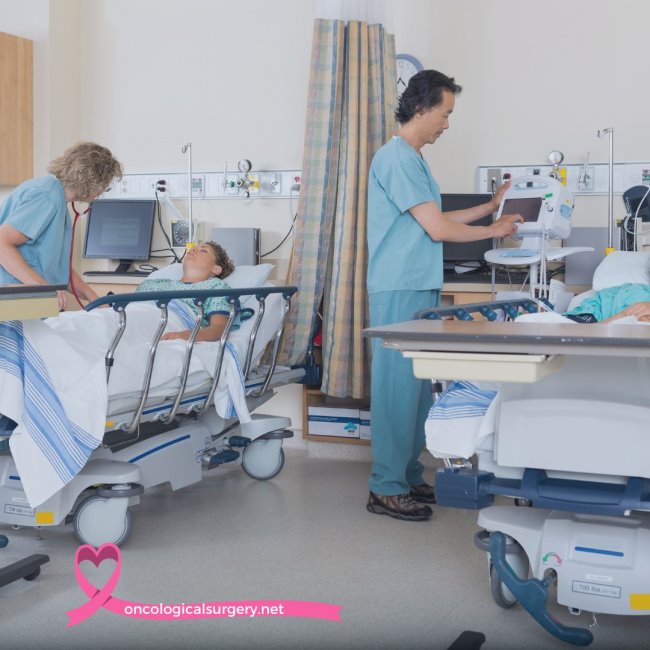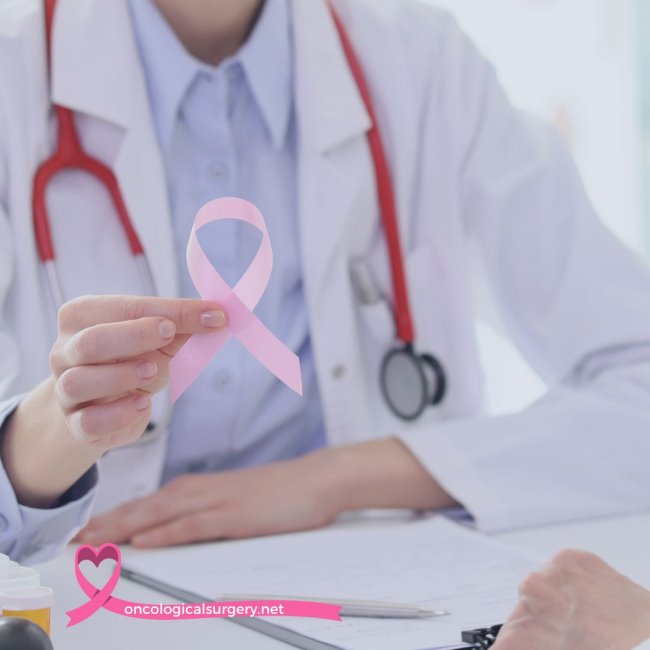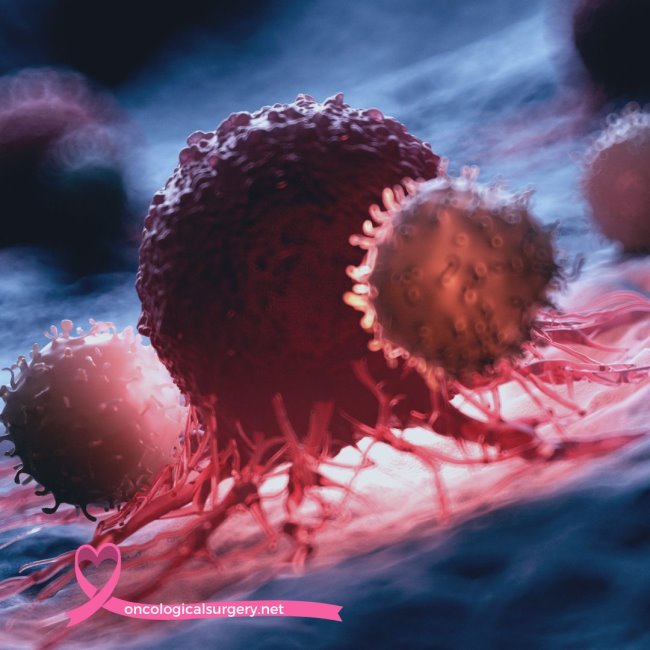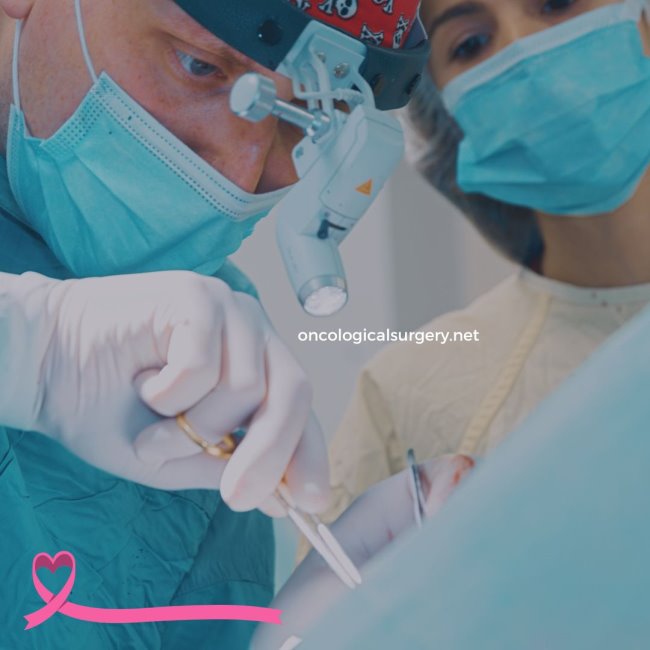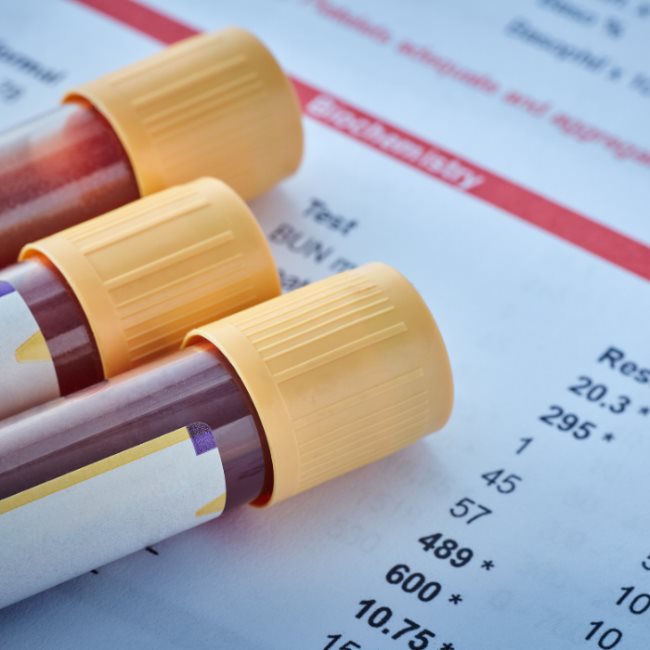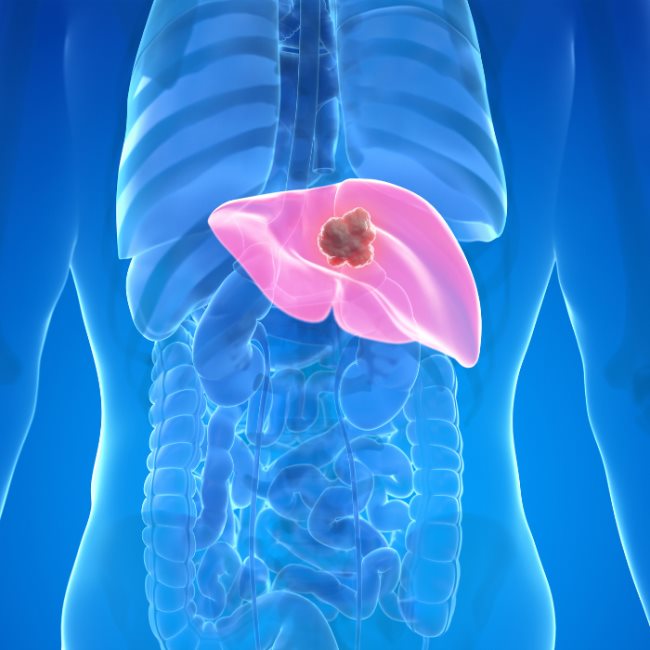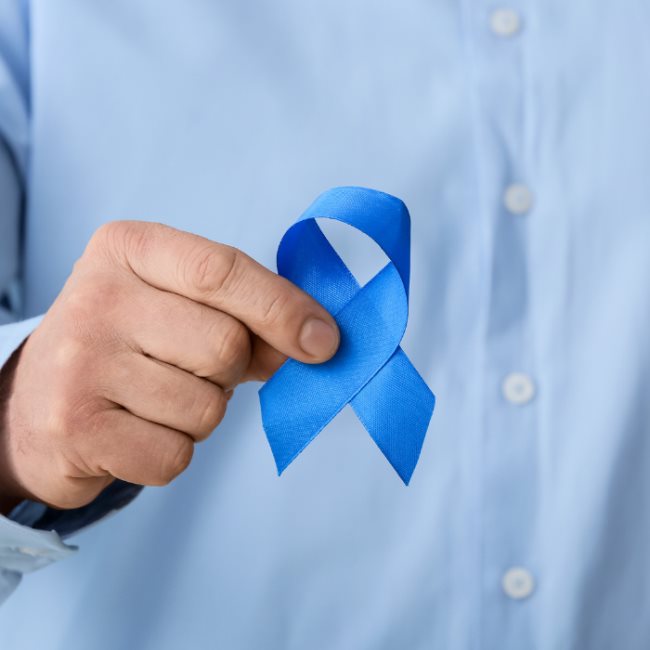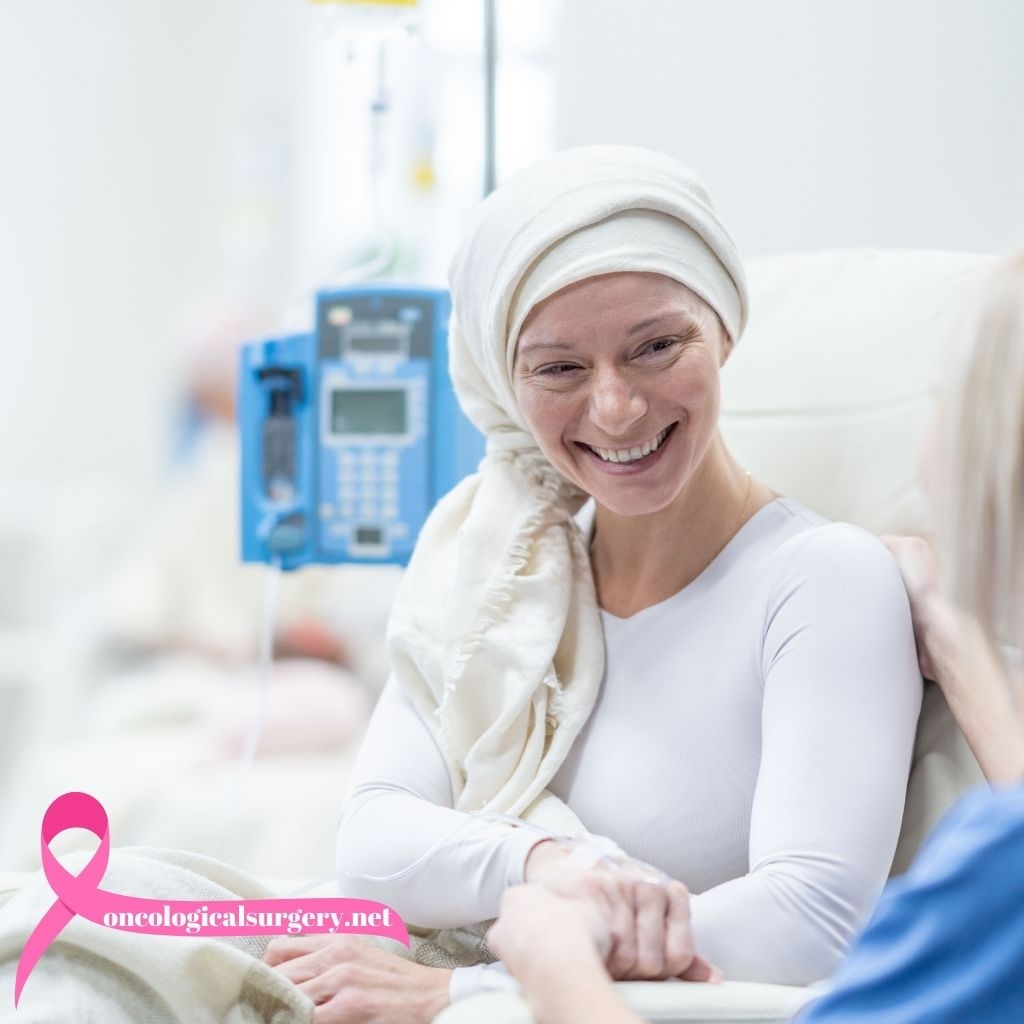
Healing Timeline After Oncology Surgery
Oncology surgery is a big part of therapy for cancer, but healing approaches almost in proportion to the surgery, too. Healing depends on the kind of surgery, overall patient health, and post-op care. Having a general idea of healing can make healing easier for care providers and for healing, and make confidence in healing easier for both.
Regardless of healing for therapy for colon cancer, for instance, and for more involved operations such as HIPEC therapy, having a general idea of healing timeline can make a big difference in planning and caring for post-op healing.
Post-Surgery Phase (0-7 days)
The first week post-op is hardest for most. Patients receive constant care in the hospital in order to manage pain, guard against infection, and stabilize life-supporting signs. How long a patient will have to stay in the hospital will depend in part on the kind of surgery: for instance, for some therapy for pancreatic cancer and gastric cancer therapy, a first healing period can be extended a little longer.
Patients become exhausted, uncomfortable, and less active in this period, but early mobilization, even a little exercise, helps to avert complications such as blood clots and pneumonia.
Early Healing Phase (2-4 weeks)
Once care shifts to at-home care, healing at the surgical site, slow activity, and regaining strength become a concern. Monitoring a surgical site and any infection symptoms such as redness, swelling, and off-color discharge and reporting them to a private oncologist is important.
For healing patients following metastasis therapy for colon cancer, changing diets can become an issue in an attempt to ease digestions and ease a strain on healing organs. Fatigue continues, but balancing resting and mild activity helps build tolerance for activity again.
Mid-Recovery Phase (1-3 months)
By this point, most patients have reduced pain and increased energy level. Nevertheless, post-operative complications such as altered appetite, bowels, or minor soreness can continue to occur. Patients with thyroid cancer can have ongoing follow-up for hormonal balancing and medication refills.
Physical rehabilitation, when ordered, takes a more organized form. Gentle exercise, including walking and yoga, can promote circulation and maintain muscle mass. Patients must not yet resume taxing activity or excessive weightlifting, even with a doctor's permission.
Long-term Restoration and Rebuilding (3-6 months and After)
For many, complete restoration following oncology operations takes a matter of months. Strength and endurance return over a period, but mental well-being is no less critical a part of healing as is one's physique. Therapy, including group sessions, can allow a patient to work through the mental hardships involved with significant operations and with fighting cancer.
For patients with complex operations such as for bile duct malignancies, follow-up appointments and radiologic studies are important to detect early potential for recurrence. Maintaining a healthy nutrition, an active life, and following follow-up care orders helps in long-term wellness.
A Few Common Obstacles in Healing
Not all healing following oncology operations is a straight path. There are a variety of common obstacles that include:
- Discomfort and pain: Handled with prescription drugs and alternative techniques such as meditation and slow stretch.
- Adjustments psychologically: Fear, apprehensiveness, and depression can occur, necessitating psychological care.
- Altered gut function: After operations such as for stomach malignancies, nutritional changes can occur.
A Few Hints for an Easier Healing
To maximize healing, remember a few tips:
- Adhere to medical orders: Attend follow-up appointments and speak with your medical care providers openly and candidly.
- Prioritize rest: Allow your body to heal and then rebuild with a gradual build-up in activity.
- Eat a healthy meal: Include foods with high protein, vitamins, and hydrating drinks in them to promote tissue healing.
- Seek consultation: Consult your care providers, a care group, or a private oncologist for consultation.
Implementation of these actions can quicken and simplify your healing and rehabilitation.
When to Consult a Doctor
Although aches and pains form part of healing, there are symptoms that require immediate medical intervention. Some such symptoms include:
- Excruciating and mounting pain not relieved with drugs.
- Presence of infection symptoms such as fever, pus, or excessive redness at surgical site.
- Nausea, vomitting, and breathlessness.
- Excess blood loss, uncontrolled.
Prompt intervention for complications can save your overall well-being, and for that reason, any symptoms of concern must be communicated at an early stage.
The healing of oncology surgery is a slow and meticulous one that takes patience, proper care, and a well-planned schedule. By knowing healing phases and overcoming complications, one can make proactive efforts towards healing and regaining one’s full vigor.
For personalized healing protocols and expert medical care, seek a private oncologist. Regardless of whether one is healing post-colon cancer therapy, rehabilitation post-HIPEC therapy, expert care can make a big contribution in your journey towards wellness.
